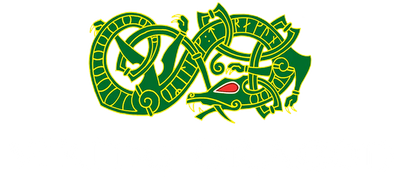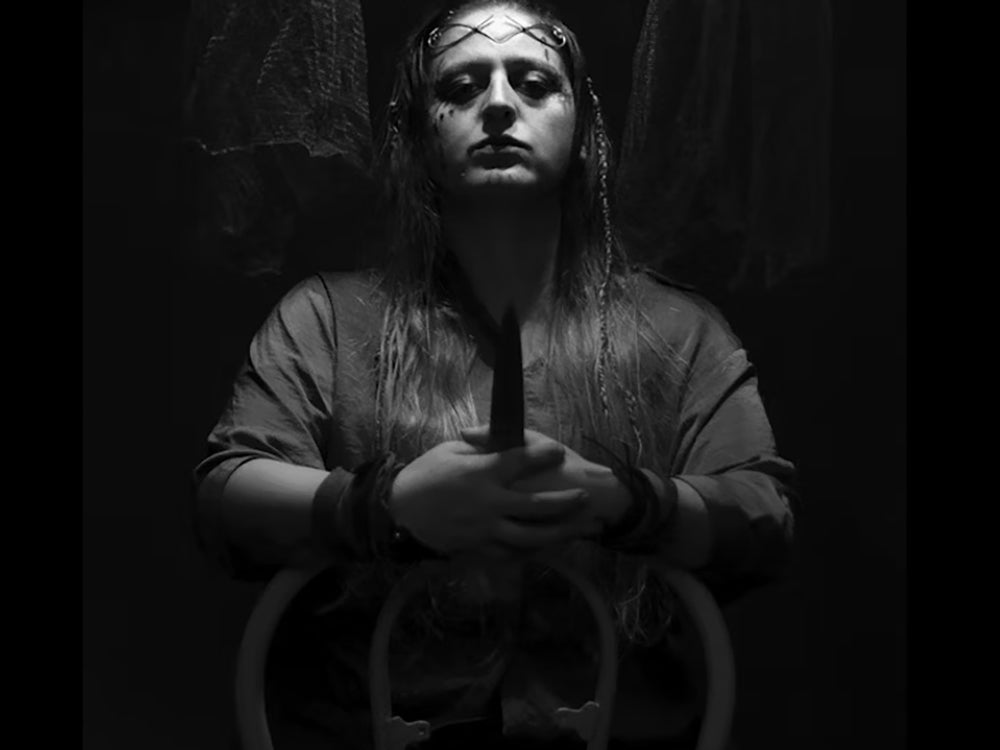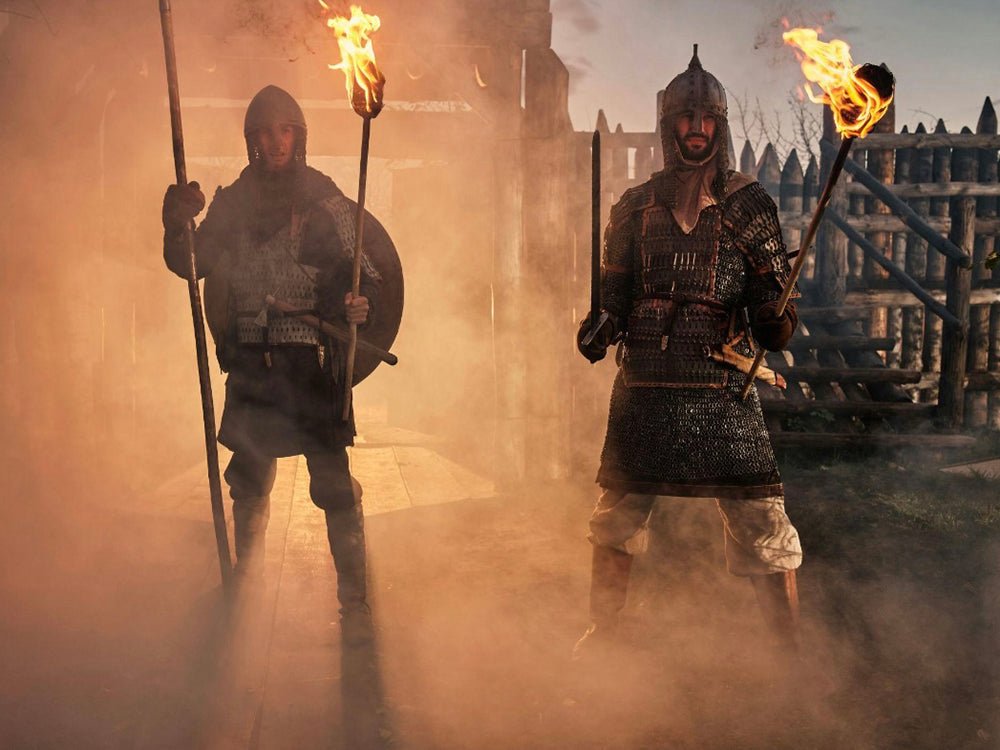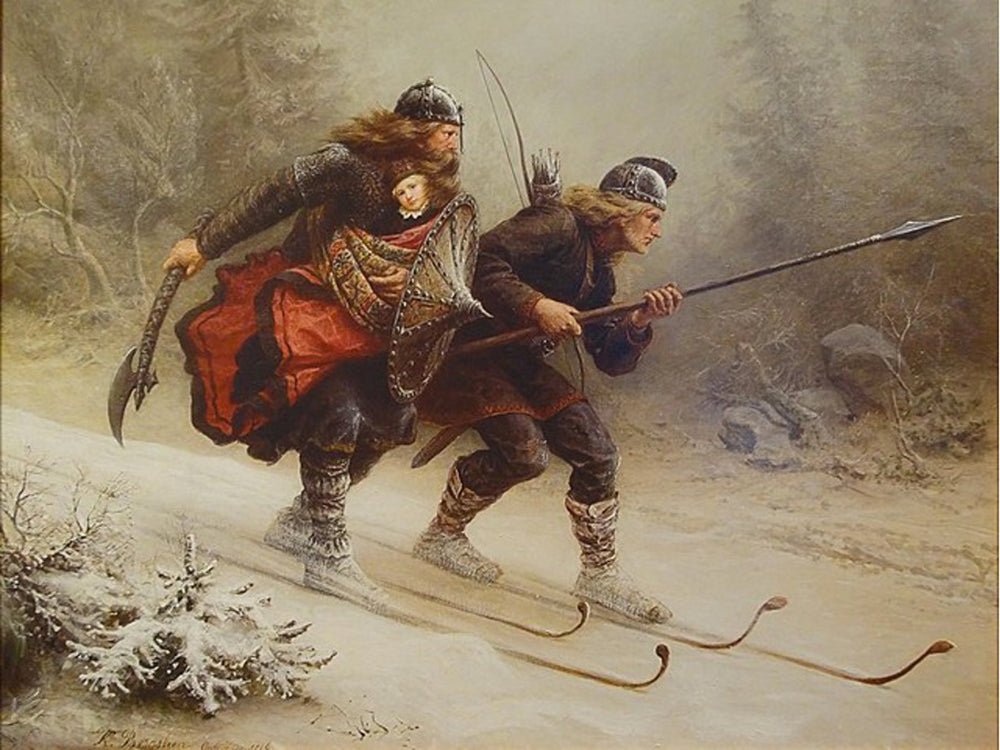Though the overwhelming majority of Viking warriors depicted in TV, movies and museums are men, in recent years pop culture has become increasingly fascinated with female Viking warriors. From Lagertha in Vikings to Astrid in How to Train Your Dragon, there seems to be no end of swash-buckling, battle-hardened Viking women on our screens.
These characters make for great TV, but how much truth is there behind the female Viking warrior trope? Characters like these go back as far as the Icelandic Sagas and beyond. Even in the Viking-age, ordinary folk would have been regaled with stories of Shield-maidens and Valkyries. Indeed, many of the female warriors from the media that we know today are based on Old Norse legends (Legertha included).
Delving beyond fiction, there’s a lively academic debate as to what extent these heroines of Viking folklore are based on real, female fighters. In this blog post, we’ll examine the history of maidens, from Viking-era artwork to recent archaeological discoveries.

Shield-Maidens
Female warriors in Norse mythology are known as Shield-Maidens (or skjaldmær in Norse). There are many stories in Icelandic sagas and Skaldic poetry of women fighting alongside male warriors on the battlefield. In these verses they are treated as just as brave, honourable and fearsome as their comrades in arms, irrespective of their gender and the patriarchal society in which they lived.
The exact meaning and origin of the term is unknown. Academics cannot be sure whether it was used to simply refer to any female fighter (real or fictional) or if it had more fantastical or noble connotations. Though some Shield-Maidens from the sagas are ordinary mortal beings, there’s a strong trend for these characters being divine, semi-divine or having some kind of supernatural powers. At the very least, these women are often the daughters of powerful kings or military leaders.
In many instances, Shield-Maidens are associated with the Valkyries: a divine race of female warriors who lived alongside Odin in Valhalla. Their role was to fly over the battlefield, identify the most skilled and courageous warriors, and transport their souls to Asgard to be part of Odin’s army come Ragnarok. Though Valkyries and shield-maidens are not one and the same, Brynhildr, perhaps the most famous Valkyrie from Norse mythology, actually identifies herself as a shield-maiden in the Vǫlsunga saga, suggesting a deep connection between the two concepts.
And it’s not just the Sagas that mention shield-maidens. There are also numerous Viking-era artworks, including carvings, tapestries and engravings, that show women wearing armour and wielding weapons. However, like the references in literature, it’s difficult to tell whether these were purely the fantasies of the artist or depicted scenes from real-life battles.
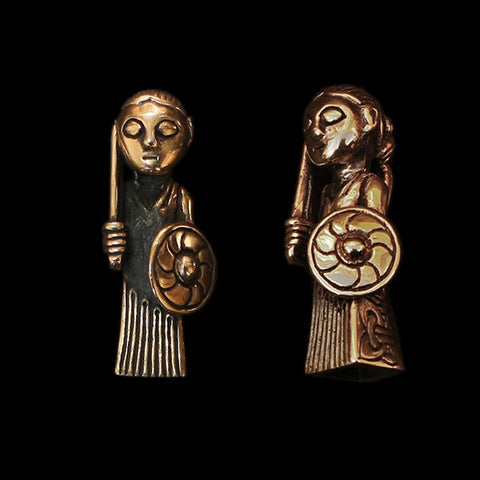
Archaeological Evidence
Until fairly recently, female Viking warriors were considered by most historians to only exist in pages of fiction. Though more equal than many other contemporary societies, the place of women in Viking-age Scandinavia mainly revolved around domestic and farm duties. Though there were areas in which women worked alongside, or even above, men, the battlefield was not typically one of them.
This assumption has been called into question by some recent archaeological findings. The most famous potential evidence of a female Viking warrior was discovered in Birka, Sweden in the late 19th century, when archaeologists uncovered a warrior’s grave containing the full spectrum of weaponry. This was identified as the grave of a high-ranking professional warrior due to the sheer quality and quantity of weapons in the chamber. At the time of the discovery, nobody working on the site questioned whether the skeletal remains found belonged to a man. After all, all warrior graves discovered up until that point had had male inhabitants. The truth was revealed in 2016, when the bones underwent DNA testing at the University of Uppsala and it was conclusively declared that the bones belonged to a woman.
Another major discovery was made in 2019 at Oslo’s Cultural History Museum. The museum was in possession of a skeleton that they already knew to be female which had been discovered in a warrior’s grave. Like the body found in Birka, this Viking woman, nicknamed Erika the Red, has been discovered surrounded by an extensive stash of weapons, suggesting her to be an accomplished fighter. While taking part in a Discovery Channel Documentary, the museum undertook a facial reconstruction of the mysterious teenager. During the process they discovered a significant gash on her forehead, likely inflicted by a sharp object such as a knife or axe. This exciting discovery could be some of the more direct evidence of women fighting and dying in battle during the Viking-era.
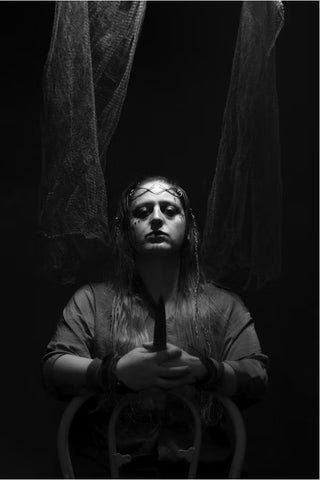
Fact or Fiction?
The truth is that no one can be entirely sure whether Viking women ever fought among the ranks of some of history’s most iconic armies. Despite the fact that women are being discovered in warrior’s graves, this doesn’t necessarily mean that they were fighters themselves. Some theorise that these could have originally been male graves into which a female body was moved at a later date. Alternatively, the weapons may symbolise something other than a direct connection to the battlefield, such as that the deceased was respected for her strength and courage, even if she never stepped foot on a battlefield.
One theory surrounding the Birka grave is that its resident may not have been a warrior herself, but rather a military strategist. Her grave goods included a large number of dice, which are known to have had symbolic significance to the Vikings in relation to military tactics.
In an interview following the groundbreaking identification of the Birka grave, the chief archaeologist on the case, Charlotte Hedenstierna-Jonson of Uppsala University, explained why she believes that it could have been possible for Viking women to have fought in battle in some rare instances. Despite the patriarchal nature of Medieval Scandinavian society, their civilisation was as complex and nuanced as any other. For a woman with the right personal attributes and from the right societal background, exceptions to the norm could well have been made.
